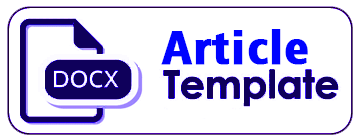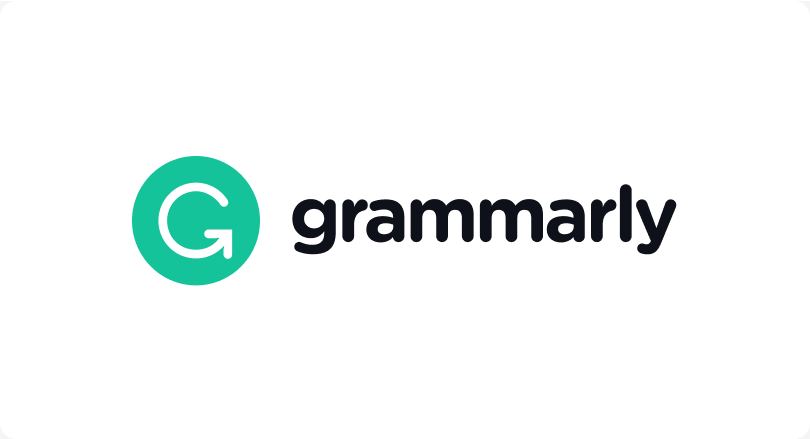APPLICATION OF THE ASSURE LEARNING MODEL ON GEOMETRY
DOI:
https://doi.org/10.33477/mp.v9i1.1725Keywords:
Aplication, ASSURE Learning Model, GeometryAbstract
This study aims to describe the activities carried out by students and teachers in the learning process and improving student learning outcomes after the learning process through the ASSURE model. This research classifies as a classroom action research with a mixed-method approach, namely, descriptive qualitative and quantitative approaches. The research subjects were 30 students of class VII-5 MTs Negeri Ambon with two learning cycles. The results showed that student learning activities before the cycle action had not been seen, such as not paying attention to the teacher's explanation, embarrassed to ask or answer, and the work results to solve the questions given still relying on the answers of their friends. After the cycle action showed an increase in student activity, among others, students focused more on listening to the teacher's explanation, began to dare to ask questions, opinions, or answers, and began to be confident in their work. Also, there was an increase in student test results. Before the action of the pre-test results, the mean score of the students was 25.90. After the action, the students 'average score in the first cycle was 62.07, and in the second cycle, the students' average score was 89.99.References
Bayaga, A., Fountain, C., Young, E. S., DeMarte, A., & Bossé, M. J. (2019). Mathematics Learning Through the Lens of Language Acquisition. Lnternational Electronic Journal of Elementary Education. https://doi.org/10.26822/iejee.2019155342
Bray, A., & Tangney, B. (2016). Enhancing student engagement through the affordances of mobile technology: a 21st century learning perspective on Realistic Mathematics Education. Mathematics Education Research Journal. https://doi.org/10.1007/s13394-015-0158-7
Capobianco, B. M., & Ní Ríordáin, M. (2015). Navigating layers of teacher uncertainty among preservice science and mathematics teachers engaged in action research. Educational Action Research. https://doi.org/10.1080/09650792.2015.1045537
Creswell, J. W. (2012). Educational research: Planning, conducting, and evaluating quantitative and qualitative research. In Educational Research. https://doi.org/10.1017/CBO9781107415324.004
Cunningham, L., & Murphy, O. (2018). Embracing the universal design for learning framework in digital game based learning. Studies in Health Technology and Informatics. https://doi.org/10.3233/978-1-61499-923-2-409
Drljača, D. P., & Latinović, B. (2010). ADDIE model. Zbornik Radova ITeO2010.
Faryadi, Q. (2007). Instructional Design Models: What a Revolution!. Online Submission.
Heinich, R., Molenda, M., Russell, J., & Smaldino, S. (2002). The ASSURE Model. In Instructional Media and Technologies for Learning.
Ibrahim, A. A. (2015). Comparative Analysis between System Approach, Kemp, and ASSURE Instructional Design Models. International Journal of Education and Research.
Kim, D., & Downey, S. (2016). Examining the Use of the ASSURE Model by K–12 Teachers. Computers in the Schools. https://doi.org/10.1080/07380569.2016.1203208
Kohler-Evans, P., Rutledge, C. D., & Barnes, C. D. (2019). Universal Design for Learning in the University Classroom. International Research in Higher Education. https://doi.org/10.5430/irhe.v4n1p38
Mandouit, L. (2018). Using student feedback to improve teaching. Educational Action Research. https://doi.org/10.1080/09650792.2018.1426470
Molenda, M. (2003). The ADDIE model. Encyclopedia of Educational Technology, ABC-CLIO.
Nieves, L. H., Moya, E. C., Soldado, R. M., & Educational, N. (2019). A MOOC on universal design for learning designed based on the UDL paradigm. 35(6), 30–47.
Park, K. (2019). Digital equity and accessible MOOCs : Accessibility evaluations of mobile MOOCs for learners with visual impairments. 35(6), 48–63.
Piskurich, G. M. (2016). What Is This Instructional Design Stuff Anyway? In Rapid Instructional Design. https://doi.org/10.1002/9781119207528.ch1
Rappolt-Schlichtmann, G., Daley, S. G., Lim, S., Lapinski, S., Robinson, K. H., & Johnson, M. (2013). Universal design for learning and elementary school science: Exploring the efficacy, use, and perceptions of a web-based science notebook. Journal of Educational Psychology. https://doi.org/10.1037/a0033217
Schott, F., & Seel, N. M. (2015). Instructional Design. In International Encyclopedia of the Social & Behavioral Sciences: Second Edition. https://doi.org/10.1016/B978-0-08-097086-8.92032-4
Sezer, B., Karaoglan Yilmaz, F. G., & Yilmaz, R. (2013). Integrating Technology into Classroom: The Learner-Centered Instructional Design. Online Submission.
Sharon E. Smaldino, Deborah L. Lowther, Clif Mims, J. D. R. (2010). Instructional technology and media for learning. Revista Mexicana de Investigación Educativa.
Sidiroglou, S., Laadan, O., Perez, C., Viennot, N., Nieh, J., & Keromytis, A. D. (2009). ASSURE. ACM SIGARCH Computer Architecture News. https://doi.org/10.1145/2528521.1508250
Sundayana, R., Herman, T., Dahlan, J. A., & Prahmana, R. C. I. (2017). Using ASSURE learning design to develop students’ mathematical communication ability. World Transactions on Engineering and Technology Education.
Yang, C.-H., Tzuo, P. W., & Komara, C. (2011). Using Webquest As A Universal Design For Learning Tool To Enhance Teaching And Learning In Teacher Preparation Programs. Journal of College Teaching & Learning (TLC). https://doi.org/10.19030/tlc.v8i3.4121







